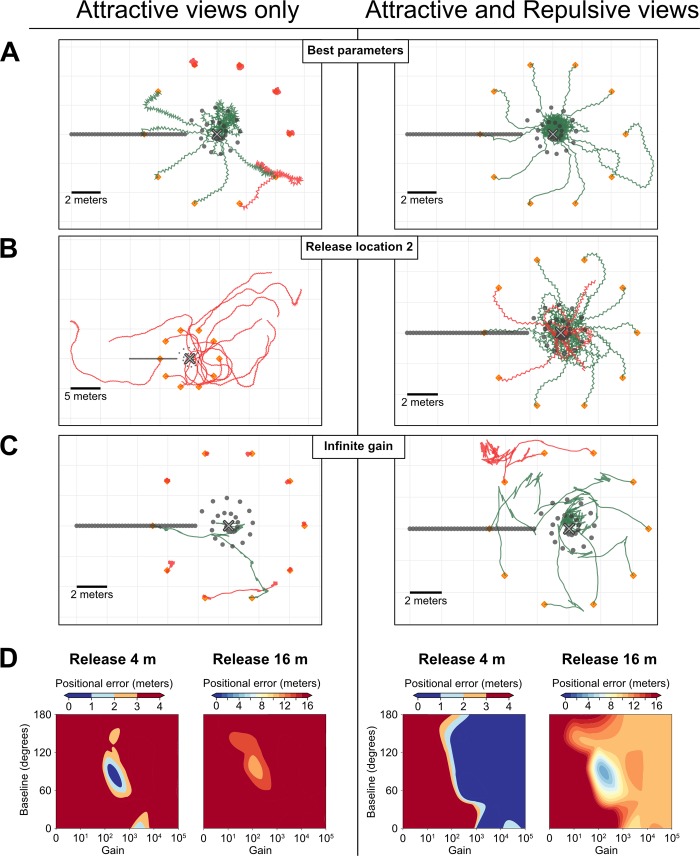Fig 3. Efficiency in finding the nest of homing agents.
A-D. Comparison of oscillatory agents implemented with attractive views only (left column) or using the opponent integration of attractive and repulsive views (right column). A-C. Example paths (120 steps) of 10 individual agents for each condition. Grey cross, nest; Grey dots, positions of the learnt views (facing towards the nest); Orange markers, release locations of the agents. Green paths correspond to agents that successfully ended up within 1-meter radius of the nest, red paths correspond to agents that failed to do so. A. Paths given the best set of parameters obtained for the ‘Attractive-only agent’ at this nest location. Note that as a result of the poor success of this model, agents staying at the starting point are favoured over agents straying further away. B. Paths of agent trained and tested at a second nest location in the virutal world, but using the parameter optimised for the location in A. Agents using Attractive view only appear less robust to changes in the environment. C. Example of a simulation with an infinite gain parameter, which constrains the model to 0° or 180° turns. Thanks to the addition of ± 20° random noise on turning direction, the Attractive-Repulsive model can still home. D. Heatmaps representing homing success (median of 10 agents’ arrival distance from the nest) across variations of two parameters. The ‘baseline’ indicates the turn angle effected in response to an average familiarity value (or when attractive familiarity = repulsive familiarity). The ‘gain’ is a value that convert the perceived familiarity into the turn modulation, which increases (if current attractive familiarity is low) or decreases (if current attractive familiarity is high) the turn amplitude in relation to the baseline. A high gain makes the agent very reactive to small change in familiarity. Agents using attractive view only requires a fine parameter tuning to home successfully at 4-meters, and no set of parameters allow for significant homing abilities from 16 metres or more. Agents released at 4m using the opponent integration of attractive and repulsive memories are robust as long as gain is above a threshold value, but parameter tuning can improve their performance from 16m.

